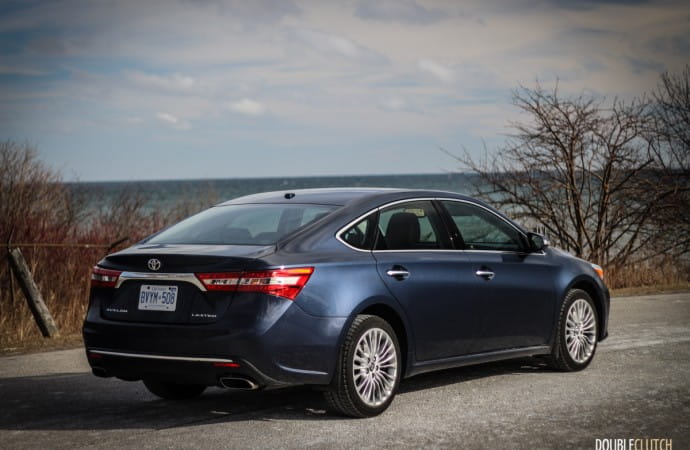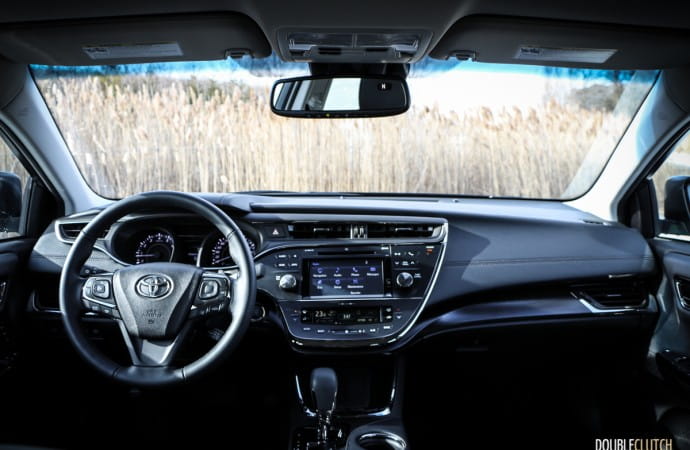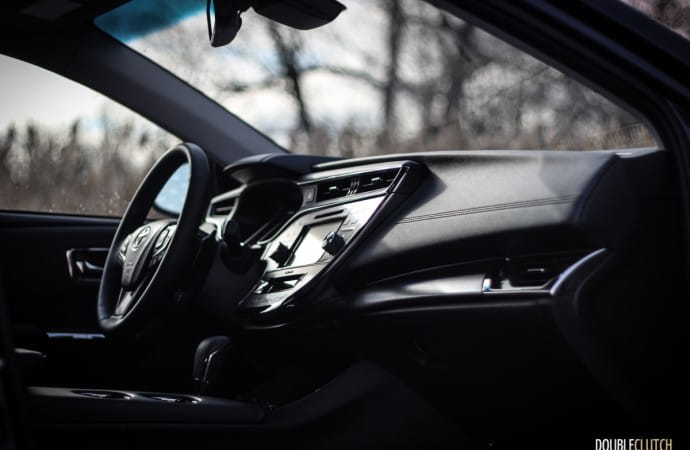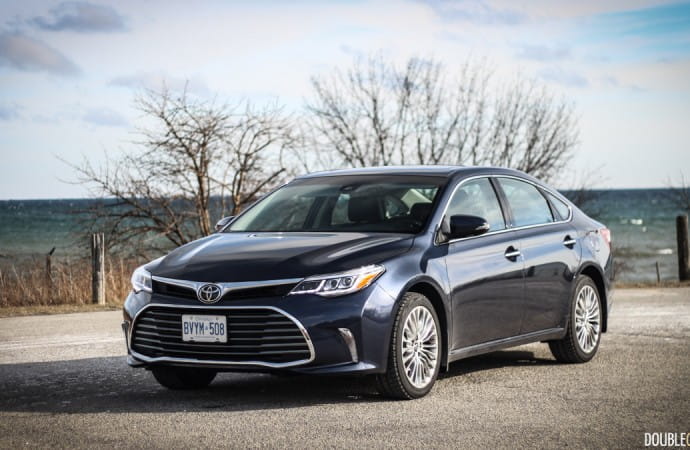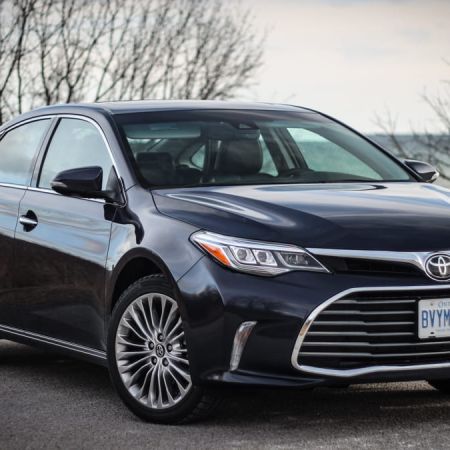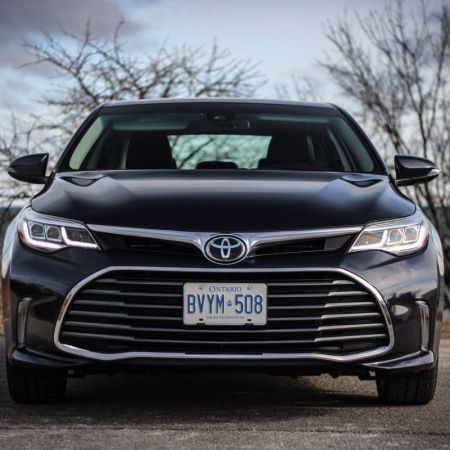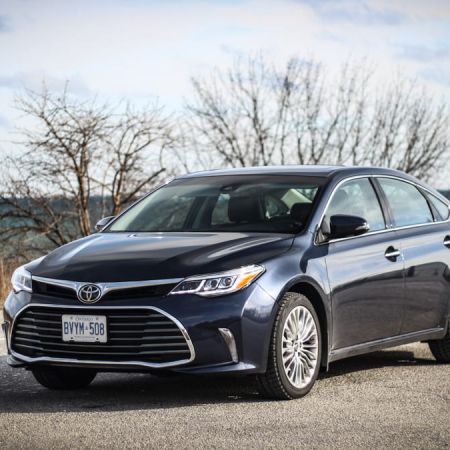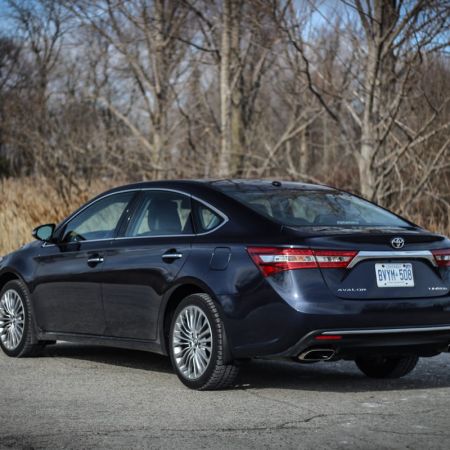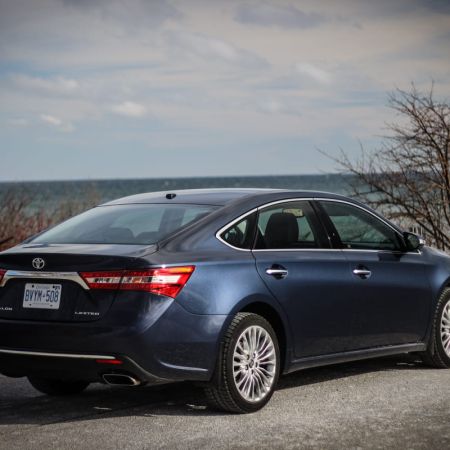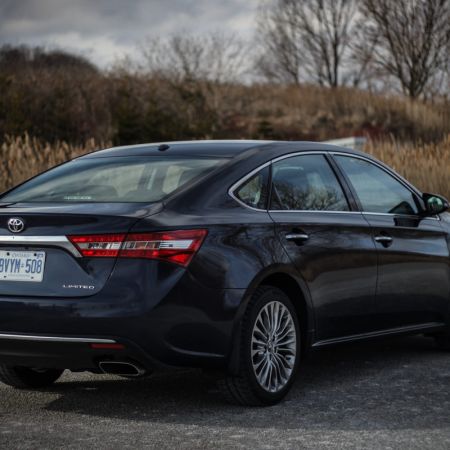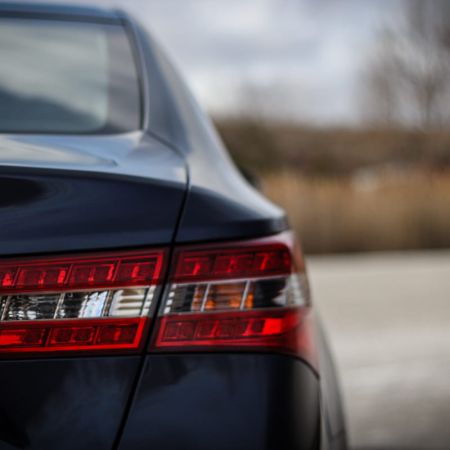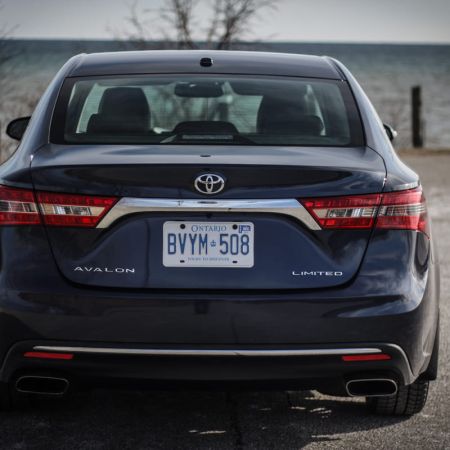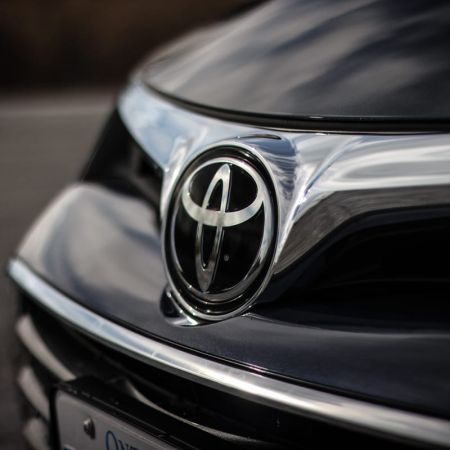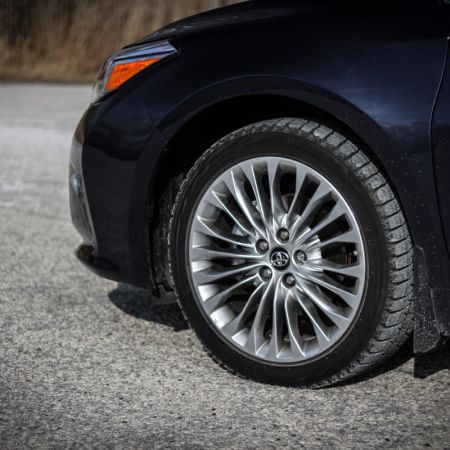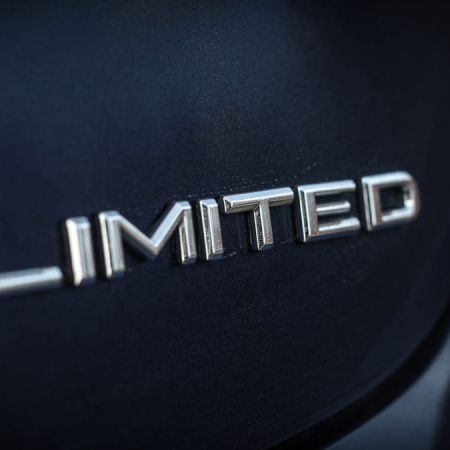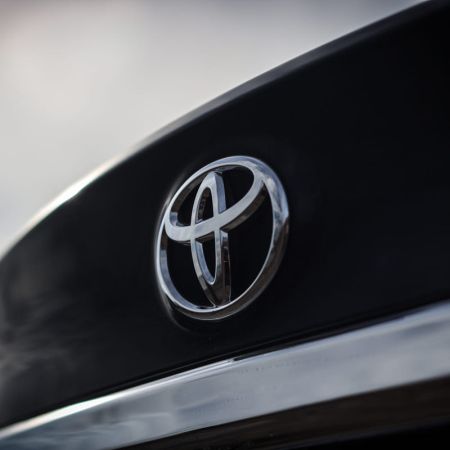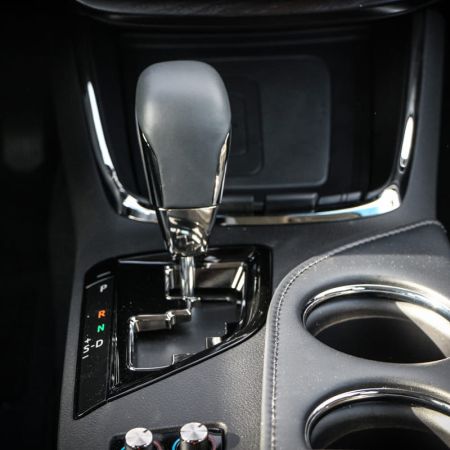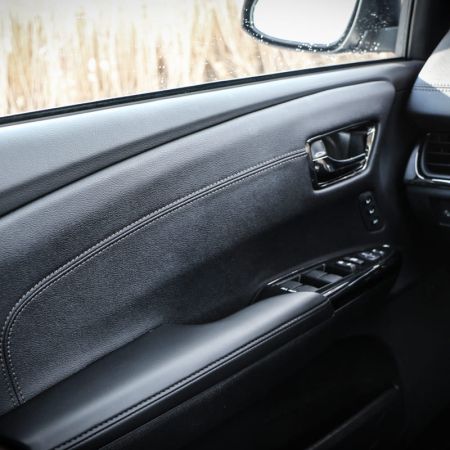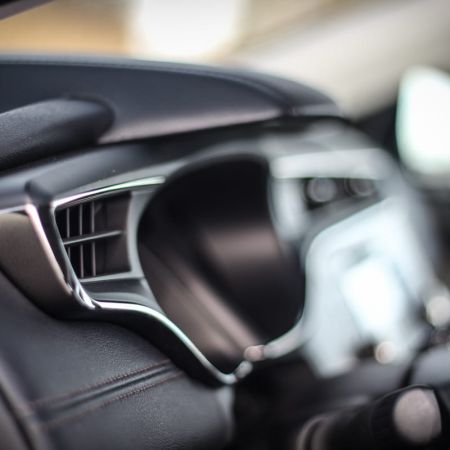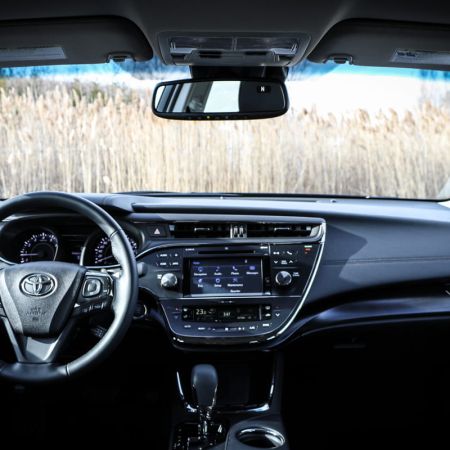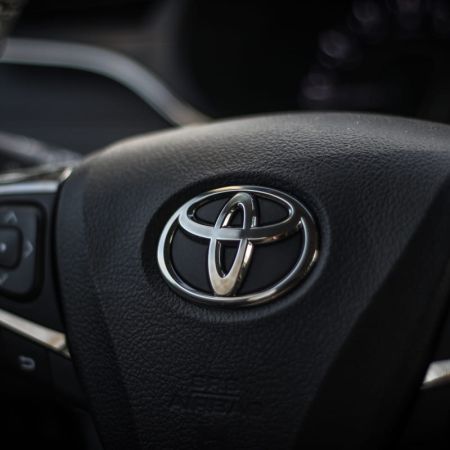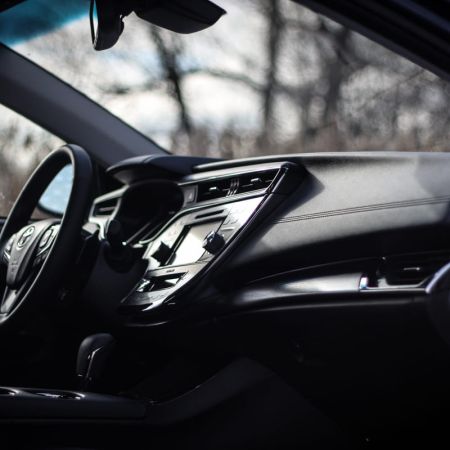Way back in the 1980s and leading healthily into the 1990s, the flagship Toyota Cressida was a thing of beauty. It now has a cult following from enthusiasts, with its 7M-GE inline six-cylinder and rear-wheel-drive. If anything, the Cressida is considered a four-door Supra. The year 1995 saw the replacement of the Cressida with the Avalon, a far more conservative flagship, targeted towards the mainstream large sedan buyer and aging baby boomers. With some impressive bragging rights, the Avalon was the only full-size Japanese sedan with optional six-passenger seating.
From day one, the Avalon was given a punchy V6, originally the 1MZ-FE found in many other Toyota applications of the time. It always boasted plenty of interior space, with ample head and legroom for all passengers, and of course, that reputation for reliability that Toyota holds the crown (pun fully intended) for. Now in its fourth generation, on test here is the 2017 Toyota Avalon Limited, still boasting all of those traits that have allowed the car to sell like hotcakes to North Americans.
Looking particularly stylish in Parisian Night Pearl, the Avalon employs conservative styling and goes up against the Buick LaCrosse (reviewed here), Dodge Charger, and on some level, the Nissan Maxima (reviewed here). The design isn’t revolutionary, though it’s quite obvious the Avalon is related to its Camry siblings. An interesting fact – the Lexus ES (reviewed here), which was based on the Camry since the original ES 250 of the early 90s, is now an Avalon-based car since 2013. All this means is that the Avalon offers similar tuning and interior quietness as one of the most popular models Lexus sells.
Under the long hood of the Avalon lives a 3.5L V6, codenamed 2GR-FE. This is the same motor as the ES 350, and now pushes 268 horsepower at 6,200RPM. Torque is 248 lb-ft. at 4,700RPM, which means the Avalon is deceptively quick in a line. The six-speed automatic transmission lags behind the Dodge Charger (reviewed here), which has an eight-speed, but if the new Sienna and forthcoming 2018 Camry are any hint, an eight-speed is not far behind. Power delivery is smooth, and because it’s naturally aspirated, it feels considerably better and more natural than its competition.
There are three available drive modes; Eco, Normal, and Sport. These adapt the drivetrain tuning, throttle response, and transmission shift points for the desired driving style. This is a bit more of a differentiator than offered by the Charger or the Maxima (reviewed here), as the Sport mode legitimately makes the car feel like it has considerably more power than the other modes. On acceleration, the front-drive nature of the Avalon does bring out some serious torque steer, which is common for this segment. Thankfully, the majority of buyers will never see full throttle application.
The cabin of the Avalon is quite lavish, relatively speaking, with its black leather upholstery. There are various soft-touch materials throughout the car that give it an upscale feel, though where the big Toyota really stands out is overall interior volume. All outboard passengers will have plenty of headroom and legroom. The rear center seat is on par for a full-size sedan, but not useful for anyone larger than a child. Connectivity is via a 7” touchscreen and sound is presented to all passengers through a sensational JBL Synthesis Audio System. Unfortunately, Toyota is still stubborn and refuses to offer Apple CarPlay or Android Auto – Bluetooth and basic audio streaming is all that can be done.
Ride quality is quite impressive, with the MacPherson struts and coil spring suspension. The car feels very sturdy even on the plethora of uneven back roads we encountered during our test. Even wearing winter rubber, the large Toyota did an excellent job absorbing road and tire feel, providing a rather isolated ride. While the younger demographic and purists may complain about the lack of analog feel or the “boring” softness, the Avalon’s target audience will appreciate its tendencies.
Steering is another area in which the Avalon has no secrets. The electrically assisted rack and pinion steering is very light and lacks any sort of analog feel. The ease of use means the car will go exactly where it’s pointed, but there isn’t much in the way of actual response from the wheel. On-center feel is pretty good, and the car happily tracks straight down the highway without needing any sort of overcorrection. When manoeuvring parking lots, the light steering is welcomed as the car makes parallel and reverse parking very easy.
For 2017, Toyota Safety Sense (reviewed here) has been added across the lineup, with actual features varying by model. Naturally, the Avalon as the flagship gets a few additional safety suite features that aren’t seen on lesser models. Lane Departure with steering assist is on board, and is pretty useful. Older drivers whose reflexes aren’t where they used to be will find this feature particularly handy, though it shouldn’t be relied on as an autonomous driving feature. The Avalon also features automatic pre-collision braking and Dynamic Radar Cruise control, which is all fairly commonplace even in smaller vehicles now.
The Toyota Avalon, offered in two trim levels, is competitively priced when looking at the competition. The base Touring model starts at $39,900, and the top-trim Avalon Limited is $44,700, the as-tested sticker on the vehicle here. Similarly priced rivals include the new Buick LaCrosse (reviewed here) and the Chrysler 300, both offering plenty of interior space and comfort for those on board. The Avalon’s front-drive only rivals include the Chevrolet Impala and the Nissan Maxima, both also offering similar powertrains (the Impala has a four-banger on the base model) and decent value.
With its cavernous interior, upscale interior trimmings and bulletproof powertrain, the 2017 Toyota Avalon Limited still has a good amount of appeal for those who want an under-the-radar full-size sedan. The car’s only challenge at this point is that it’s quite dated overall, as all of the competition has seen significant updates since the Avalon’s launch a few years ago. After two decades of conservative success in the North American market, we can’t wait to see what the next generation Avalon offers.


